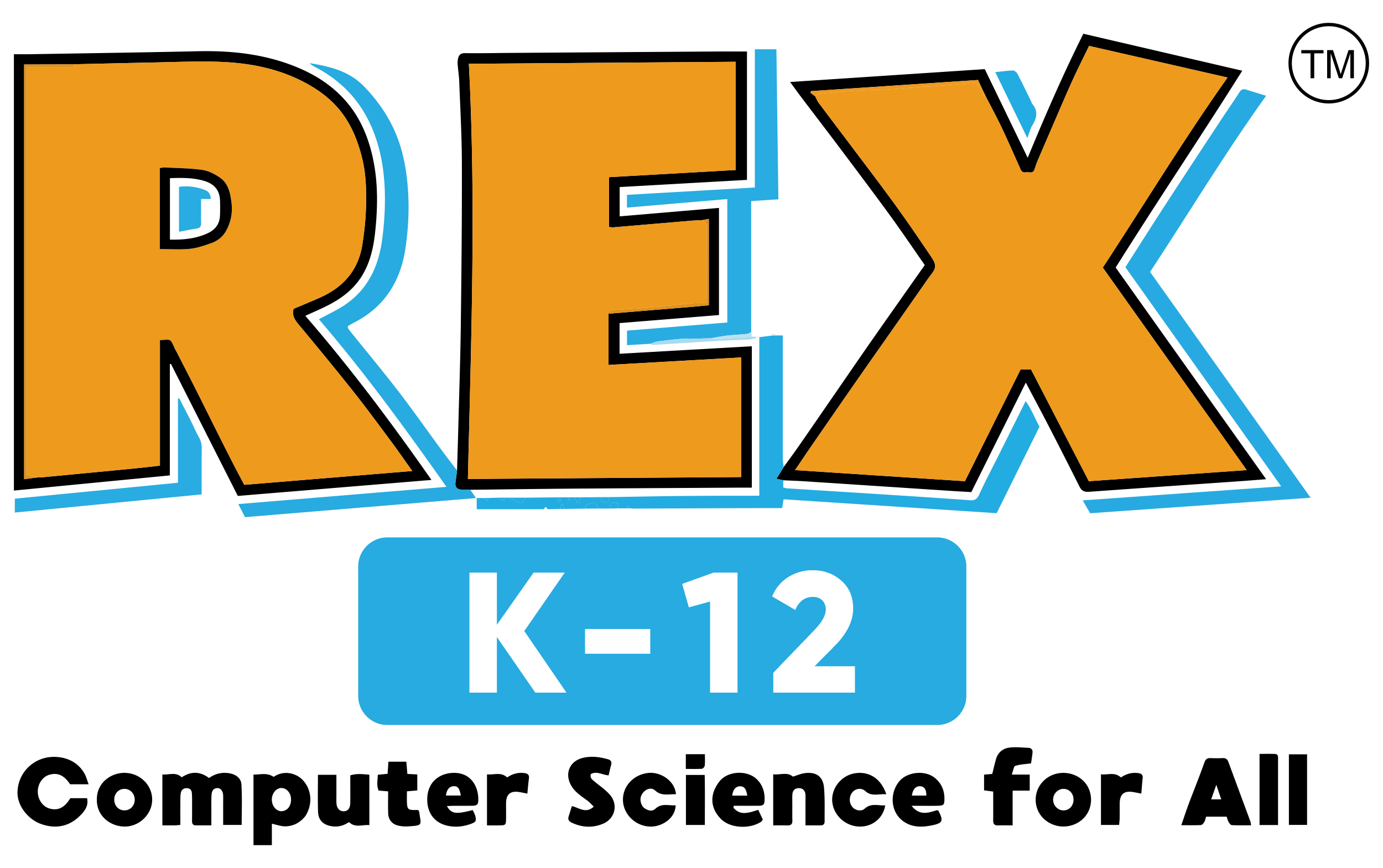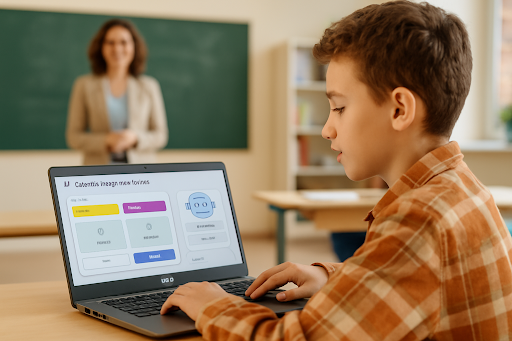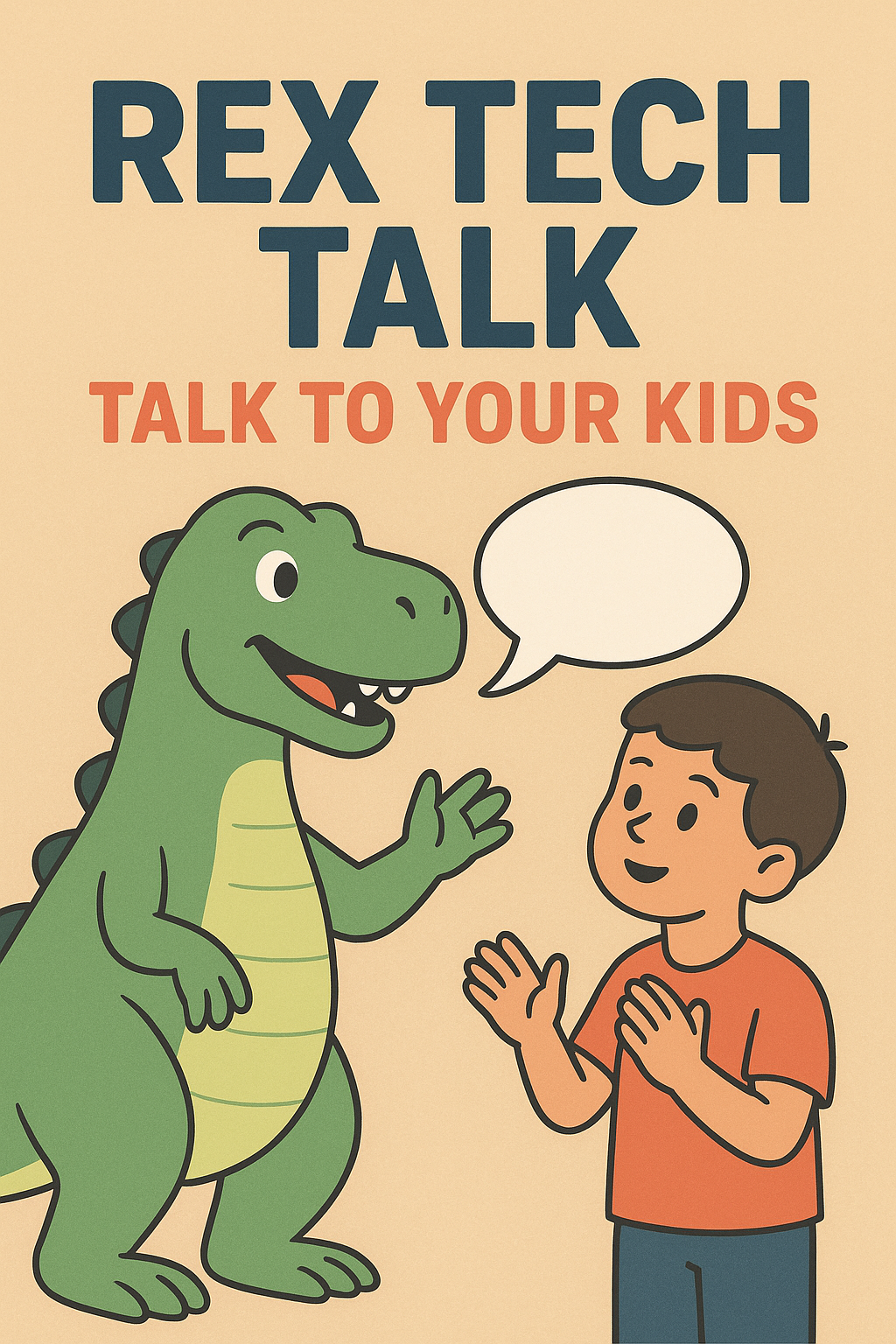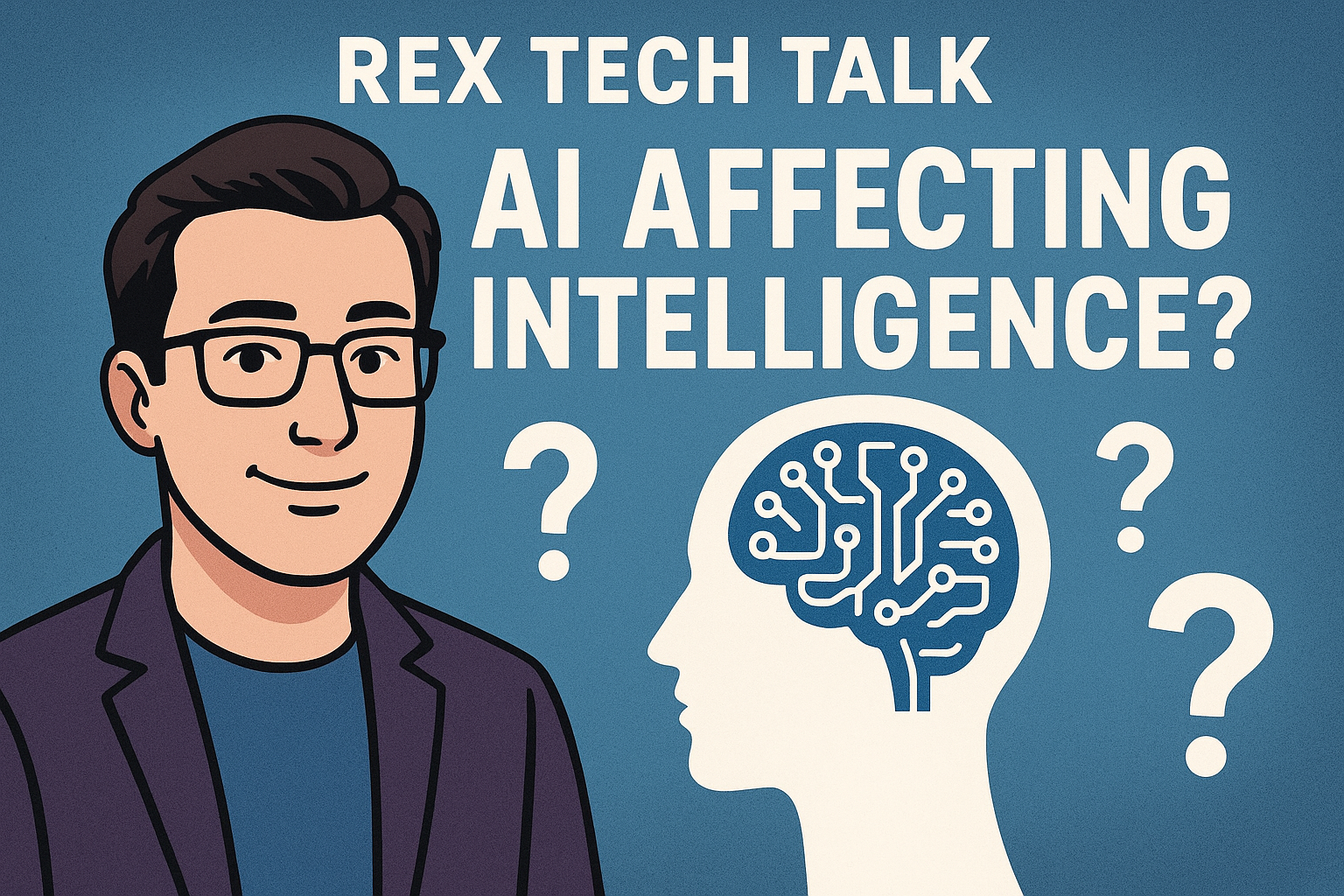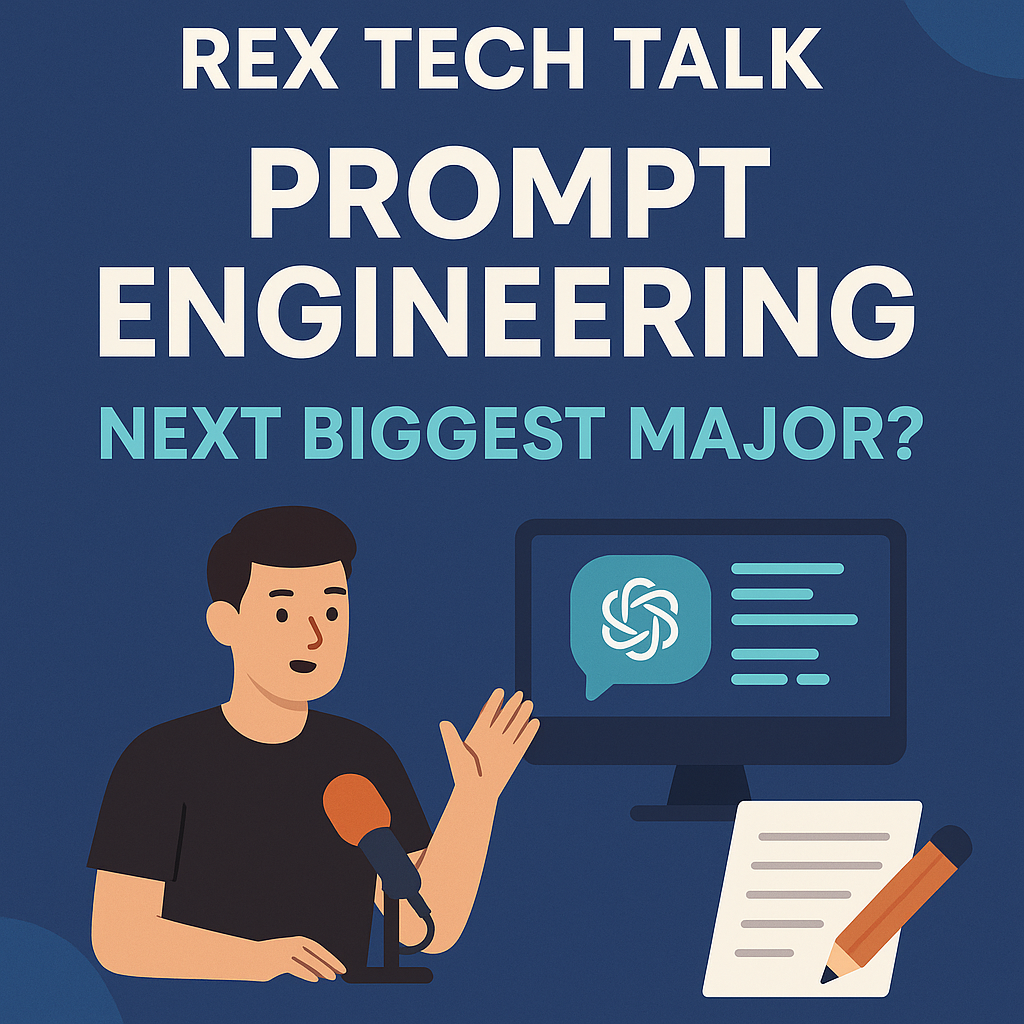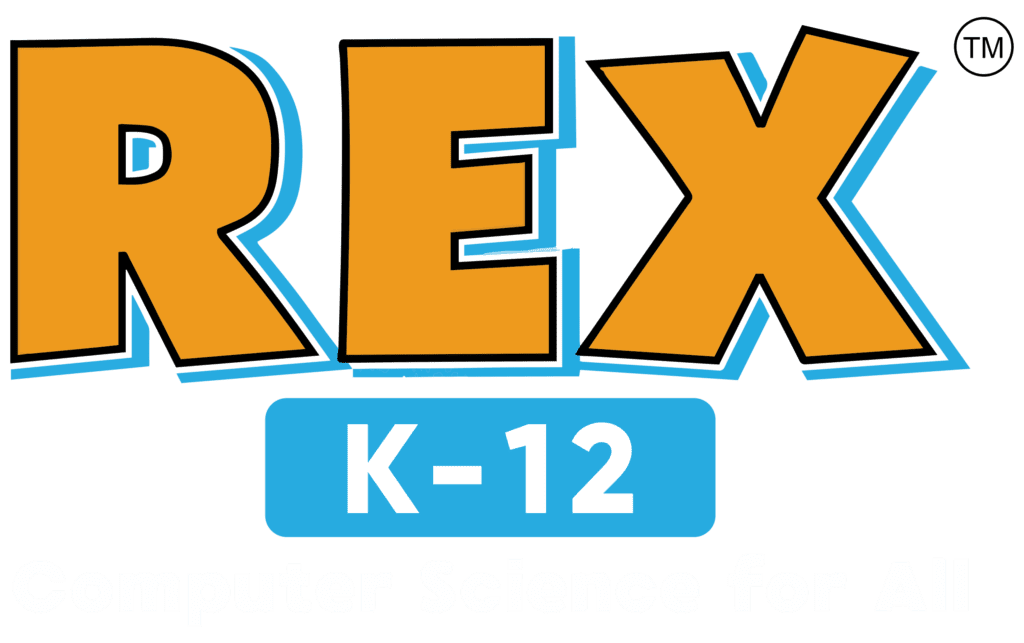Pedagogical Approaches for K–5 AI Learning – Curiosity, Play, and Storytelling at Rex K–12
Welcome back to our series on pedagogy in Rex K–12’s AI curriculum. In our last post, we explored why pedagogy matters across the K–12 spectrum. Today, we focus on the foundational years (K–5) where curiosity is boundless, imagination thrives, and every question begins with “Why?”
At Rex K–12, we believe introducing AI to children as young as five is not only possible, but powerful. Doing so requires a developmentally aligned pedagogy that respects how young learners think, feel, and explore the world.
This post highlights how curiosity, play, and storytelling guide our approach to K–5 AI learning, making complex ideas like “learning machines” joyful and meaningful for the youngest students.
How Young Children Learn
Cognitive traits (ages 5–11):
- Think in concrete, hands-on terms
- Learn best through doing, seeing, and manipulating
- Build schemas through repetition and observation
- Ask constant “why” questions to make sense of patterns
Emotional and social traits:
- Thrive in playful, safe environments
- Seek approval from adults and peers
- Love stories, games, and imagination
- Are natural collaborators when guided well
Our pedagogy leverages these truths to foster computational thinking, pattern recognition, and early ethical awareness, but without overwhelming children with jargon or code.
Goals for K–5 AI Learning
Our early AI curriculum isn’t about algorithms. It’s about:
- Nurturing curiosity about how smart things work
- Encouraging early logic and problem-solving
- Introducing data as stories
- Exploring the idea that machines can “learn”, but not like humans
- Building early habits of inclusion and ethics
Pillar 1: Curiosity-Driven Learning
We start with wonder, not definitions. Questions spark discovery:
- “Can a robot play hide and seek?”
- “Why does YouTube recommend videos I like?”
- “How do computers recognize animals?”
Strategies: daily “Question of the Day,” mystery boxes with data clues, and student-led inquiry boards.
Example (Grade 1): Watch videos of smart toys, then sort cards into “smart” vs. “not smart.” Students reflect on what makes something smart, learning that machines only “know” what we give them.
Pillar 2: Play-Based Pedagogy
Play is children’s natural learning language. We use it to simulate classification, decision trees, and pattern recognition before introducing technology.
Strategies: role-play as robots following commands, pattern-making games, and sorting races.
Example (Kindergarten): Students pretend to be “sorting robots,” categorizing blocks by color or shape. A playful “malfunction” shows what happens when data is missing or unclear.
Pillar 3: Storytelling as a Teaching Tool
Stories connect abstract AI ideas to children’s worlds.
Strategies: read-alouds, story starters like “A robot who forgot everything it learned…,” and digital storytelling in Scratch Jr.
Example (Grade 2): Read about a robot learning to paint from a child’s drawings. Students create their own drawings, then “train” a paper robot to recognize shapes.
Sample Mini-Unit: Grade 3 – “Can a Computer Recognize Me?”
- Essential Question: How do machines recognize faces and objects?
- Anchor Activity: Use Google Quick, Draw! to see how AI guesses drawings
- Offline Exploration: Students create “teaching cards” for a pretend AI that identifies pets
- Discussion Prompt: “What if the AI only learned from cats with spots?”
- Story Connection: Read a picture book about data bias
- Project: Build a guessing game in Scratch Jr
- Assessment: Creativity, understanding of learning process, and fairness
Assessment Strategies
We keep assessment age-appropriate, playful, and formative:
- Drawing prompts (“Show how the robot thinks”)
- Verbal check-ins (“What did your robot learn?”)
- Peer share-outs (“What did your friend’s robot learn?”)
- Teacher observation checklists
- Student portfolios of journal entries and activities
Equity and Inclusion from the Start
We ensure every child sees themselves as an inventor:
- Diverse stories and cultural examples
- Inclusive role models from across backgrounds
- Supports for multilingual learners (visuals, icons, audio narration)
- Scaffolded tools like Scratch Jr.
Supporting Teachers
Rex K–12 equips teachers with:
- Visual slide decks and lesson plans with prompts
- Videos of model lessons
- Professional development on playful pedagogy and AI basics
No coding experience required! The focus is on sparking joy and curiosity.
Final Thoughts: Planting Seeds for the Future
Teaching AI to young children may sound ambitious. But with curiosity, play, and storytelling at the center, it becomes joyful and empowering. These early years shape lifelong habits of mind.
At Rex K–12, we’re planting the seeds of ethical decision-making, computational thinking, creative problem-solving, and confidence with technology. With pedagogy as our guide, young learners don’t just understand AI, but they begin shaping it for good.
